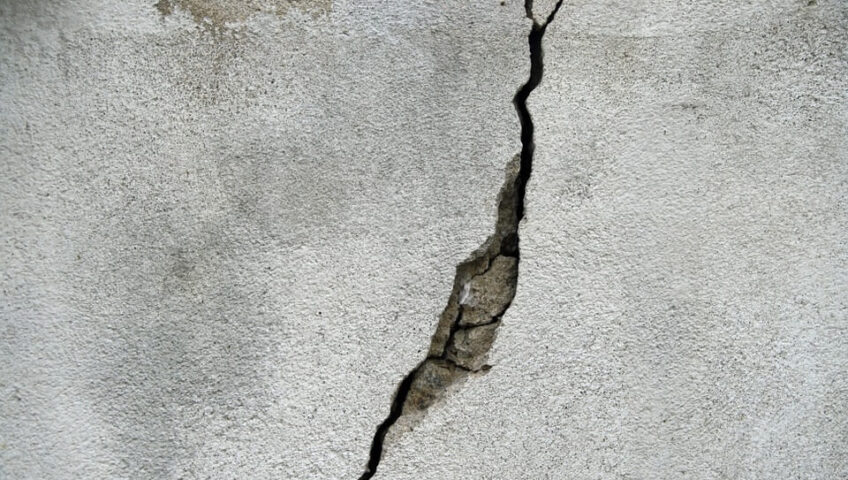Mastering the Art of Concrete Cutting: How to Avoid Cracking
Cutting concrete can be a challenging task, particularly for those inexperienced with the process. A common concern during this procedure is the potential for cracking, which can compromise the structural integrity of the material and create unsightly blemishes. This article will discuss the strategies and techniques you can use to cut concrete without cracking it.
Why Does Concrete Crack When Cutting?
Cracking typically occurs due to the stress placed on the concrete during the cutting process. Concrete, while durable, is not particularly flexible, and sudden changes in pressure can cause it to crack. Inappropriate tools or techniques, such as forcing the blade through the material, can also increase the risk of cracking.
Can You Cut Concrete Without Cracking It?
Yes, it’s entirely possible to cut concrete without causing it to crack, but it requires careful planning, the right tools, and a delicate approach. Here are the steps you can take to minimize the risk of cracking when cutting concrete:
1. Use the Right Tool
Choosing the right tool is crucial in preventing cracks. A diamond blade is generally the best choice for cutting concrete, as it offers the necessary durability and precision. Depending on the thickness and size of the concrete, different tools such as a circular saw, angle grinder, or concrete saw may be suitable.
2. Start with a Guide Cut
Creating a shallow guide cut can help prevent cracks by providing a clear path for subsequent, deeper cuts. Using your chosen tool, create a guide cut that’s about 1/4 to 1/2 inch deep along the line you want to cut.
3. Make Multiple Shallow Cuts
Instead of trying to cut through the concrete in a single pass, make multiple shallow cuts, gradually increasing the depth with each pass. This process reduces the stress on the concrete, helping to prevent cracks.
4. Don’t Force the Blade
Let the blade do the work. Apply steady pressure, but don’t force the blade into the material. Forcing the blade can cause unnecessary stress on the concrete, leading to cracking.
5. Use Water If Possible
Using water can help keep the blade cool, reduce dust, and decrease friction, making the cutting process smoother and less likely to cause cracks. However, be aware of the possible creation of slurry and make sure you can manage the mess.
6. Allow the Concrete to Cool
Concrete can heat up during cutting, which can increase the risk of cracking. Take regular breaks to allow the material to cool, especially during large jobs.
7. Properly Support the Concrete
Ensure the concrete is adequately supported and stable before you start cutting. Unstable or unsupported concrete may move during cutting, which could lead to cracks.
In summary, cutting concrete without cracking it is entirely achievable with the right approach. It requires the correct tools, careful planning, and a gentle, patient technique. Always remember to prioritize safety when working with concrete, as improper handling can lead to accidents. With these guidelines in mind, you’ll be able to make clean, precise cuts in concrete without causing unwanted damage.


Write a Comment